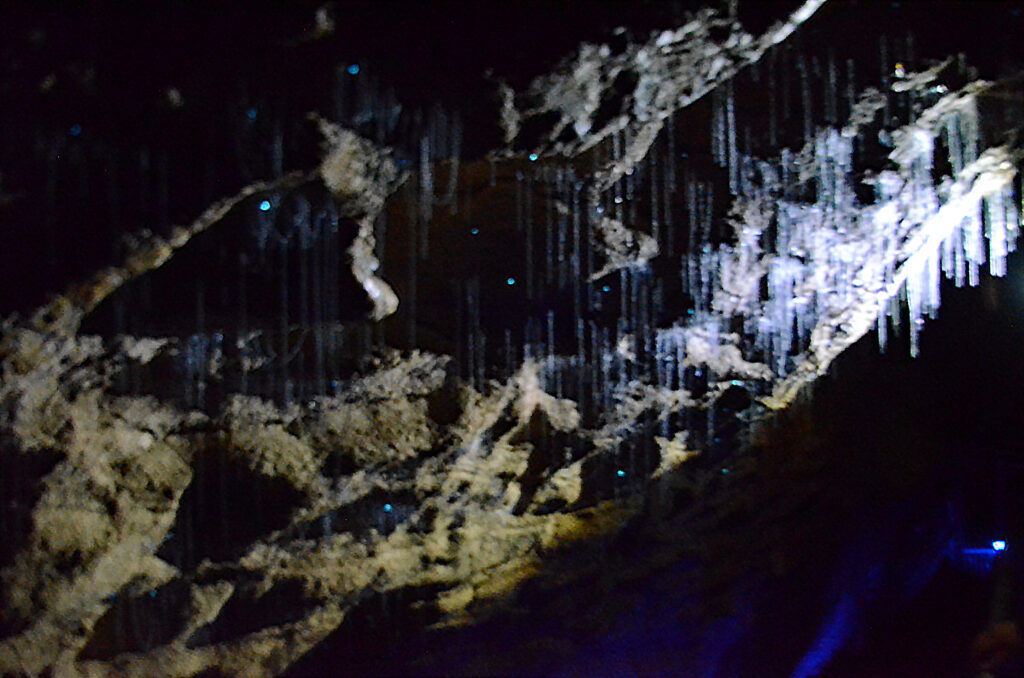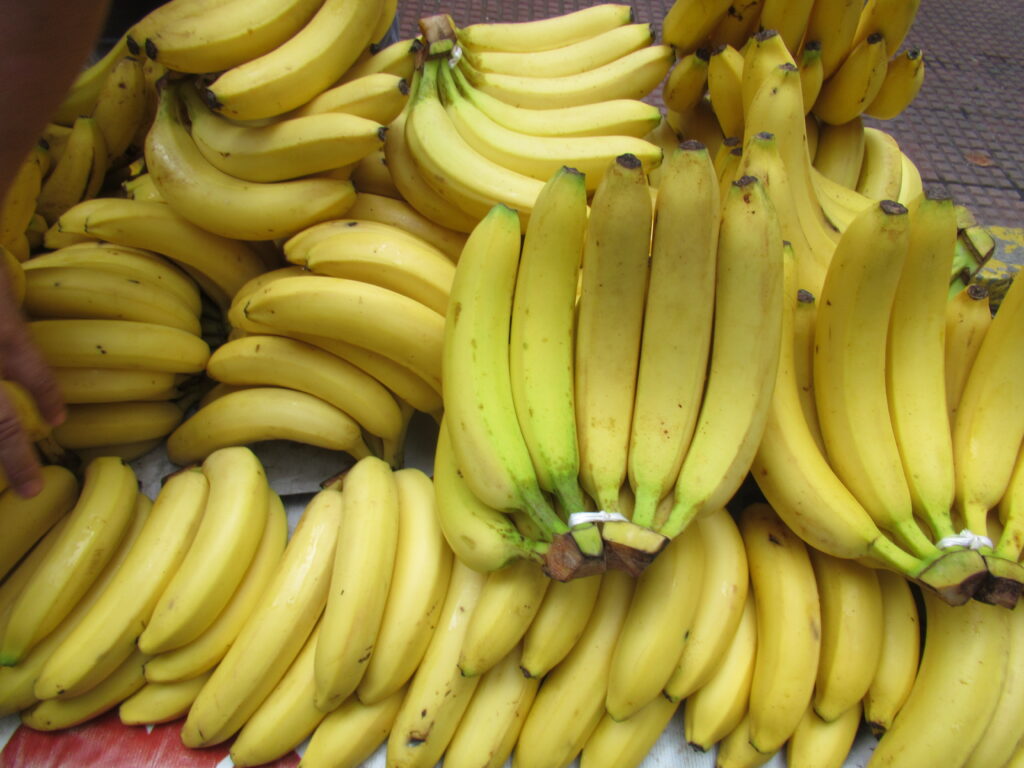In the vibrant tapestry of the natural world, cooperation and altruism are threads that are often overshadowed by the drama of survival and competition. Yet, numerous species exhibit remarkable forms of collaboration that defy the stereotypical “survival of the fittest” narrative. These behaviors revolve around mutual benefits and, at times, pure altruistic acts meant to support others at a personal cost. Here, we explore 30 fascinating animals that are prime examples of this phenomenon.
1. African Elephants: The Matriarchal Society

African elephants live in complex social groups led by matriarchs, the oldest and often the wisest female elephants. These family units exhibit strong cooperative behaviors that include nurturing and protecting calves, defending the group against predators, and teaching essential survival skills to younger members. Instances of altruism are abundant, such as adopting orphaned calves and helping injured herd members.
2. Meerkats: Sentinel Duty for the Community

Meerkats in the Kalahari Desert showcase cooperation through a communal living structure and sharing responsibilities like foraging and lookout duties. Sentinel meerkats protect the group from predators by standing guard and alerting others of approaching danger, often putting themselves at risk to save the colony.
3. Honeybees: The Hive’s Lifeblood
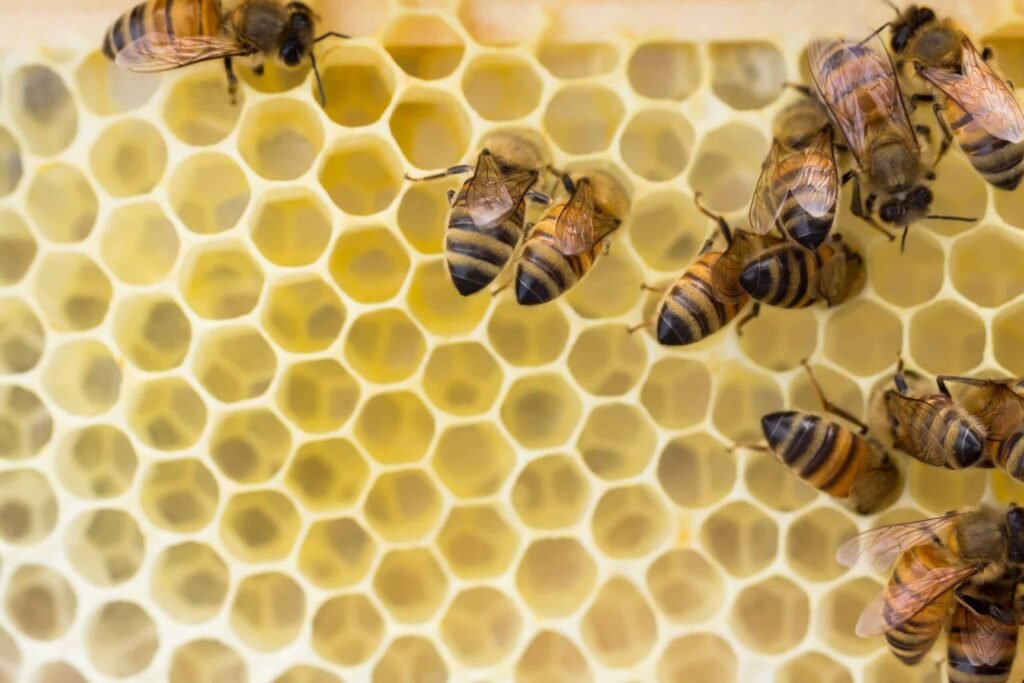
Honeybee colonies are pinnacles of cooperation. They work collectively to produce honey, maintain the hive, and care for the queen and larvae. Worker bees often sacrifice themselves to defend the hive, displaying altruism through their willingness to sting intruders, a fatal act for the bee.
4. Dolphins: Intelligent Cooperators

Dolphins are intelligent marine mammals known for their strong social bonds. They cooperate in hunting strategies to herd fish and protect each other from sharks. Dolphins have been observed helping injured or sick counterparts to breathe by bringing them to the surface, highlighting their altruistic behavior.
5. Banded Mongooses: Communal Living and Raising
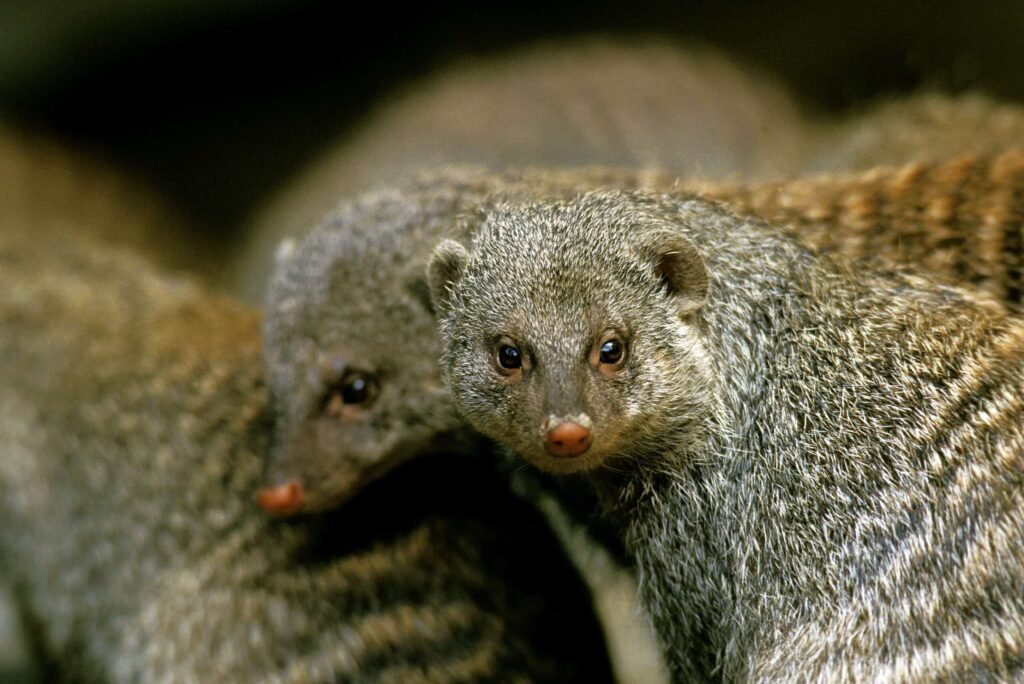
Banded mongooses live in highly social groups where they rely on collective effort for survival. They practice communal care, wherein all adults participate in grooming, feeding, and defending the young. This cooperative breeding system ensures that every offspring receives ample attention and protection.
6. Ant Colonies: Masters of Teamwork

Ant colonies are another prime example of animal cooperation. They build intricate tunnel systems, search for food, and defend their colony with military precision. Worker ants selflessly care for the queen’s eggs, and certain species engage in suicidal defense mechanisms for their colony’s sake.
7. Vampire Bats: Reciprocal Altruism

Vampire bats might seem an unlikely candidate for altruism; however, they exhibit a behavior known as reciprocal altruism. Well-fed bats often regurgitate blood to share with their hungry peers, ensuring the survival of the colony through mutual aid and fostering strong social bonds.
8. Wolves: Pack Coordination

Wolves live and hunt in packs, relying heavily on cooperation for success. Packs devote energy to coordinating complex hunting strategies and nurturing their young. The pack structure includes clear roles, where every member contributes, from the alpha leader to the omega, often the peacemaker pacifying tensions.
9. Clownfish and Sea Anemones: Mutual Benefit

Clownfish and sea anemones illustrate a mutualistic relationship that benefits both parties. Clownfish shelter within the anemone’s tentacles, gaining protection from predators, while the fish provide nutrients through waste and enhance water circulation for the anemones.
10. Cleaner Fish: Guardians of the Reef

Cleaner fish exhibit a symbiotic relationship in coral reefs. By eating parasites and dead skin off larger fish, they receive a reliable food source while the hosts gain improved health, facilitating a cooperative win-win scenario under the sea.
11. Bonobos: Social Harmony
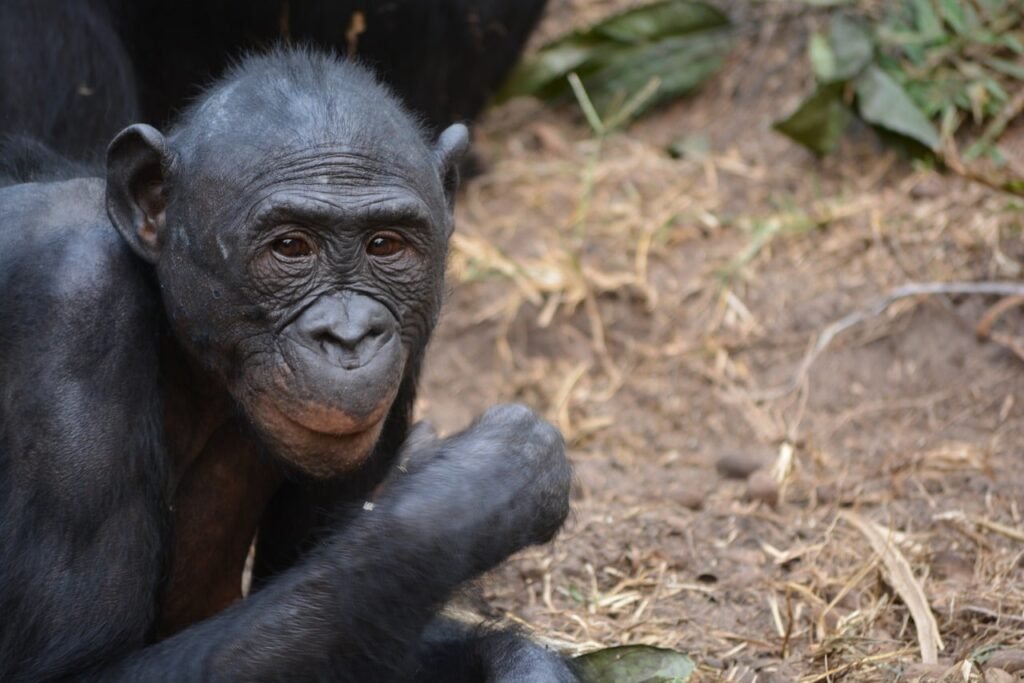
Bonobos are known for their peaceful, cooperative societies, often resolving conflicts through social bonding and grooming rather than aggression. Their altruistic acts include sharing food and forming alliances, cementing social ties and harmony within groups.
12. Japanese Macaques: Stone-Handling and Cultural Sharing
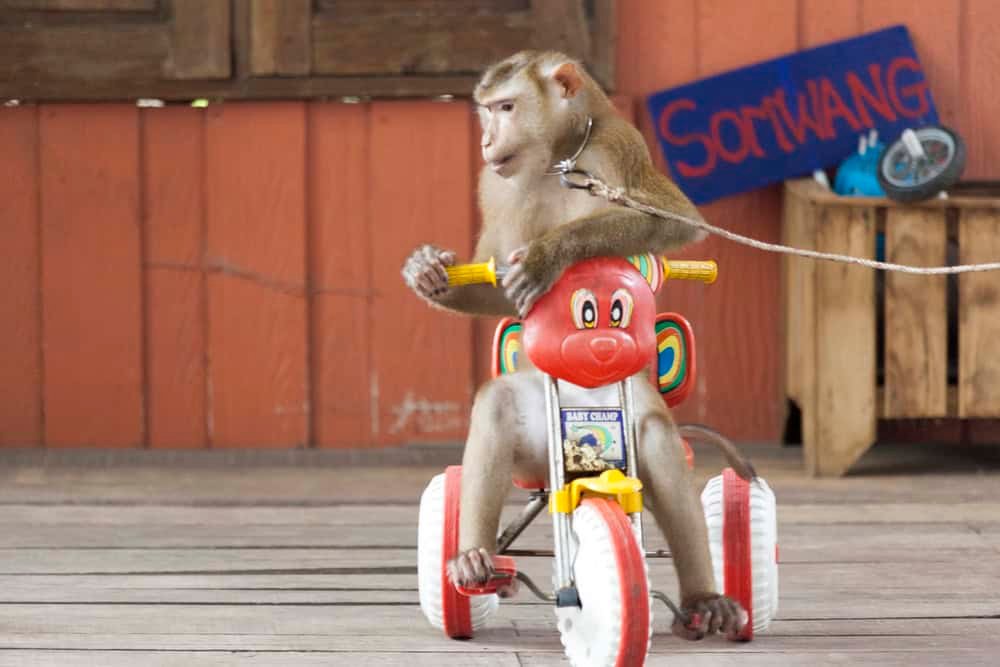
Japanese macaques exhibit cooperation through cultural behaviors, such as teaching their young to handle stones and wash food. They live in hierarchically organized groups where lower-ranking individuals cooperate by following leaders, aiding in group cohesion and stability.
13. Crows: Problem-Solving Collaborators

Crows are highly intelligent birds capable of solving complex problems and exhibiting cooperative behavior. In urban environments, they work together to access food sources and alert one another to threats, showcasing advanced communication and collaboration skills.
14. African Wild Dogs: Efficient Hunters
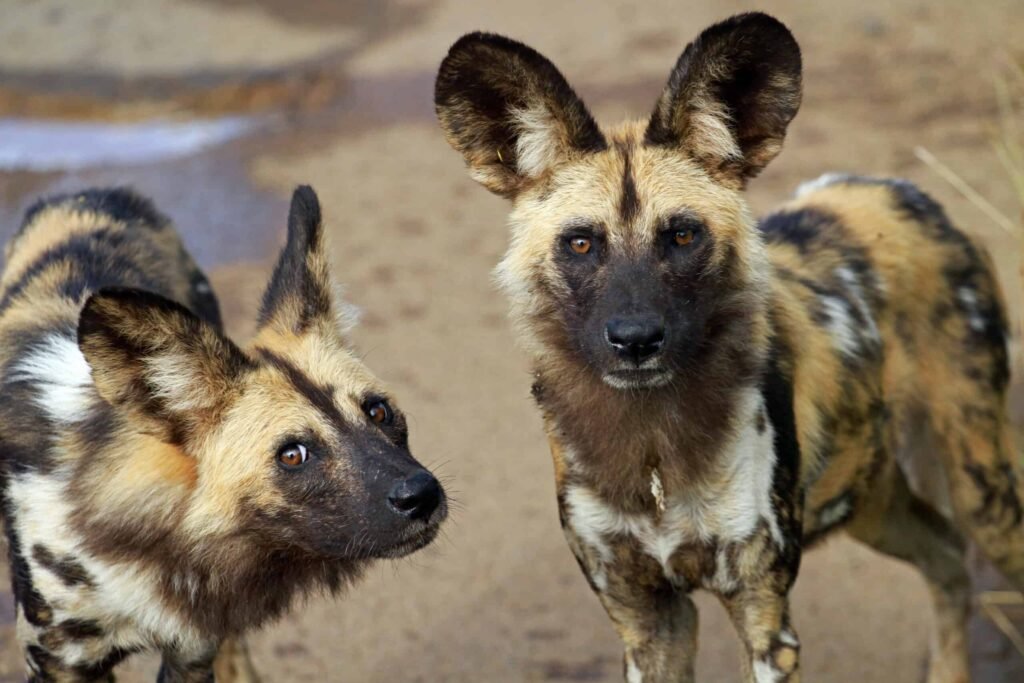
African wild dogs are among the most efficient predators due to their excellent teamwork. These social animals plan hunts, communicate through vocal cues, and share the reward of a successful hunt equitably, emphasizing their cooperative nature.
15. Orcas: Coordinated Predators
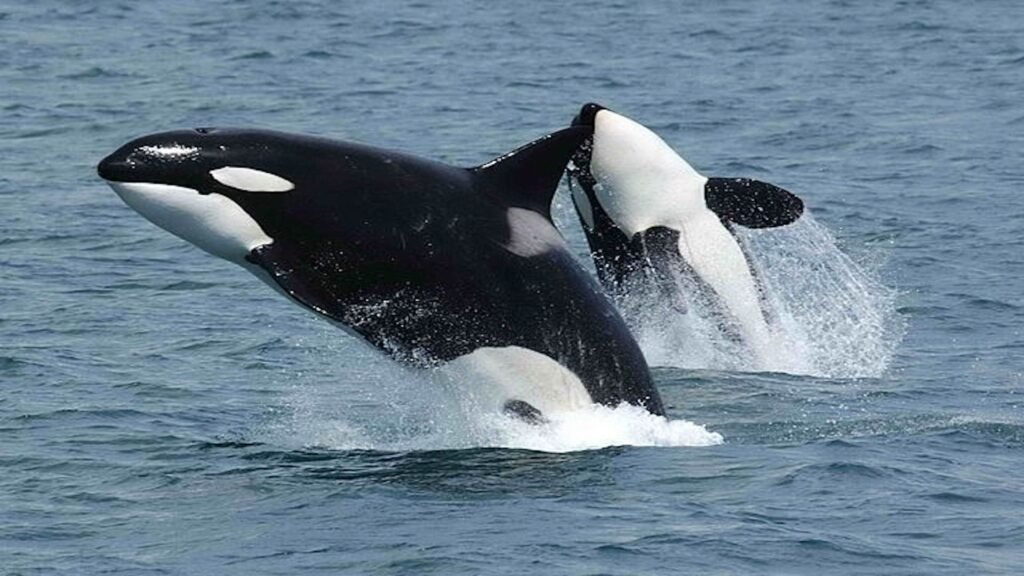
Orcas are top ocean predators that hunt in pods with intricate strategies. They coordinate attacks on prey such as schools of fish or larger mammals, demonstrating exceptional teamwork abilities and cultural transmission of hunting techniques through generations.
16. Termites: Architects of Cooperation

Termite colonies are adept builders of massive mounds, showcasing an ultimate form of cooperation. They divide labor roles strictly, with workers constructing and soldiers defending their complex living spaces, all contributing collectively to the colony’s success.
17. Altruistic Ground Squirrels

Ground squirrels demonstrate altruism through alarm calling, warning others of predators even at personal risk of exposure. This selfless act aids in the survival of relatives and group members, enhancing overall genetic propagation within the colony.
18. Manta Rays: Social Learners

Manta rays are highly social and display cooperative behavior while cleaning and feeding. They form groups to enhance learning and share feeding techniques, gaining collective benefits from experiencing social structures within the oceanic environment.
19. Army Ants: Coordination on the Move

Army ants travel in massive, cohesive units, displaying a remarkable level of cooperation. They forage in large columns, coordinating their movements and adjusting their behavior dynamically to tackle various challenges during their raids.
20. Gelada Baboons: Social Cohesion

Gelada baboons live in large groups where cooperation is crucial for grazing and social grooming. Their societal structure revolves around a hierarchy that ensures stability and support among members, exemplifying social cohesion and mutual assistance.
21. Prairie Dogs: Neighborhood Vigilantes

Prairie dogs live in extensive burrow systems and maintain cooperative relationships through communal vigilance against predators. They take turns keeping watch and foraging, forming tight-knit communities safeguarding their young through shared responsibility.
22. Emperor Penguins: Communal Warmth
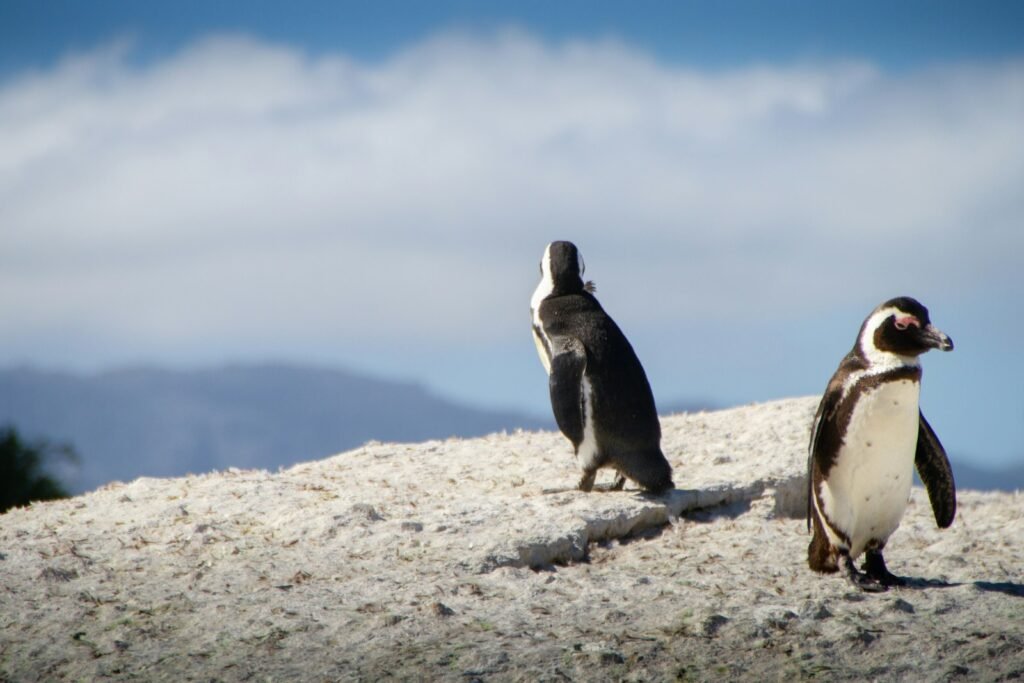
In the harsh environment of Antarctica, emperor penguins exhibit extreme cooperation during breeding by huddling together to conserve heat. This collective behavior is essential for the survival of eggs and young chicks during freezing conditions.
23. Naked Mole Rats: Eusocial Mammals

Unique among mammals, naked mole rats are eusocial, living in colonies with division of labor akin to bees or ants. Individuals sacrifice reproduction roles for the colony’s queen, engaging in cooperative digging, caring for young, and defending tunnels.
24. Spotted Hyenas: Clan Cooperation

Spotted hyenas are highly social animals living in structured clans. They cooperate extensively during hunting and defending territories. Females lead clans, nurturing not only their cubs but also participating in clan-wide survival strategies that emphasize group success.
25. Pinyon Jays: Food Sharing

Pinyon jays practice cooperative breeding by sharing food and participating in the care of chicks within extended family units. This proactive food sharing supports weaker members and helps the entire group, reflecting a sophisticated social system centered around communality.
26. Ravens: Playful Problem Solvers

Ravens are intelligent birds known for solving puzzles and exhibiting cooperation through play. They often engage in shared learning and experimentation, forming bonds that enhance their survival and demonstrate social intelligence.
27. Naked Mole Rats: Eusocial Mammals

Despite their repeated inclusion, naked mole rats indeed deserve admiration for their unique social structures, emphasizing collective living over individuality. Their eusocial community facilitates prolonged survival in harsh environments, relying on the collective effort of all colony members.
28. Vampire Bats: Blood-Share Needers
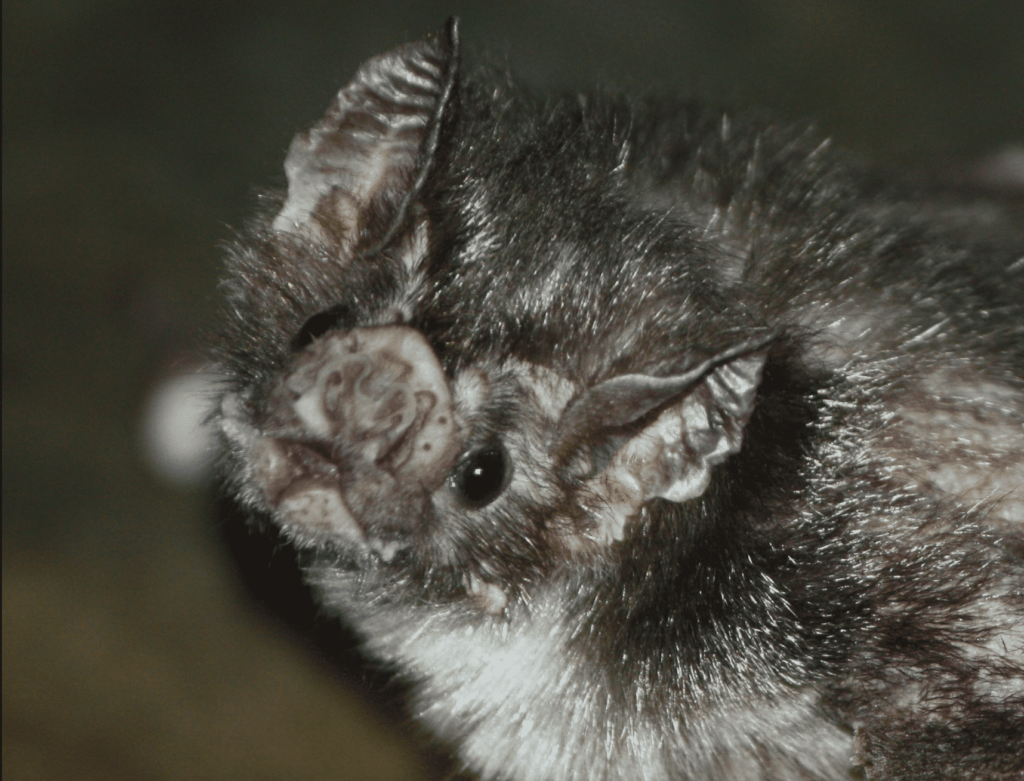
Another mention of vampire bats showcases their fascinating social cohesion and balance between selflessness and survival. Their mutual exchanges of food ensure communal welfare, cementing their place among nature’s altruistic champions.
29. Siberian Cranes: Migratory Companions

Siberian cranes demonstrate cooperation during long migratory journeys. They fly in formation to conserve energy and navigate challenges along the way, relying on mutual effort and shared knowledge to reach distant breeding grounds each season.
30. Fire Ants: Raft-Building Resilience

Fire ants exhibit cooperation during floods, linking together to form living rafts, ensuring the colony’s survival by keeping the queen and vulnerable members dry and protected, manifesting engineering marvels of cooperation.
Conclusion: Lessons from the Animal Kingdom
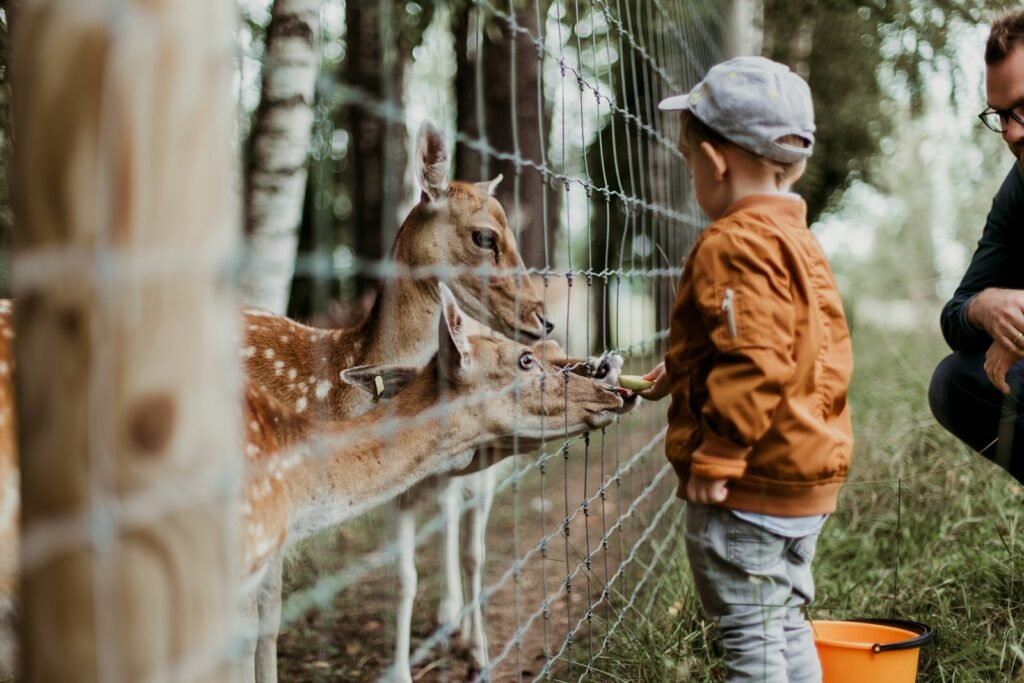
The natural world is brimming with examples of cooperation and altruism across various species, challenging the dogma of relentless competition. These behaviors highlight the diverse strategies animals use to ensure survival, demonstrating that cooperation is a powerful force in nature’s intricate dance. Humans can glean valuable insights from these cooperative and altruistic behaviors, finding inspiration in the unity and resilience of life that thrives by working together.


